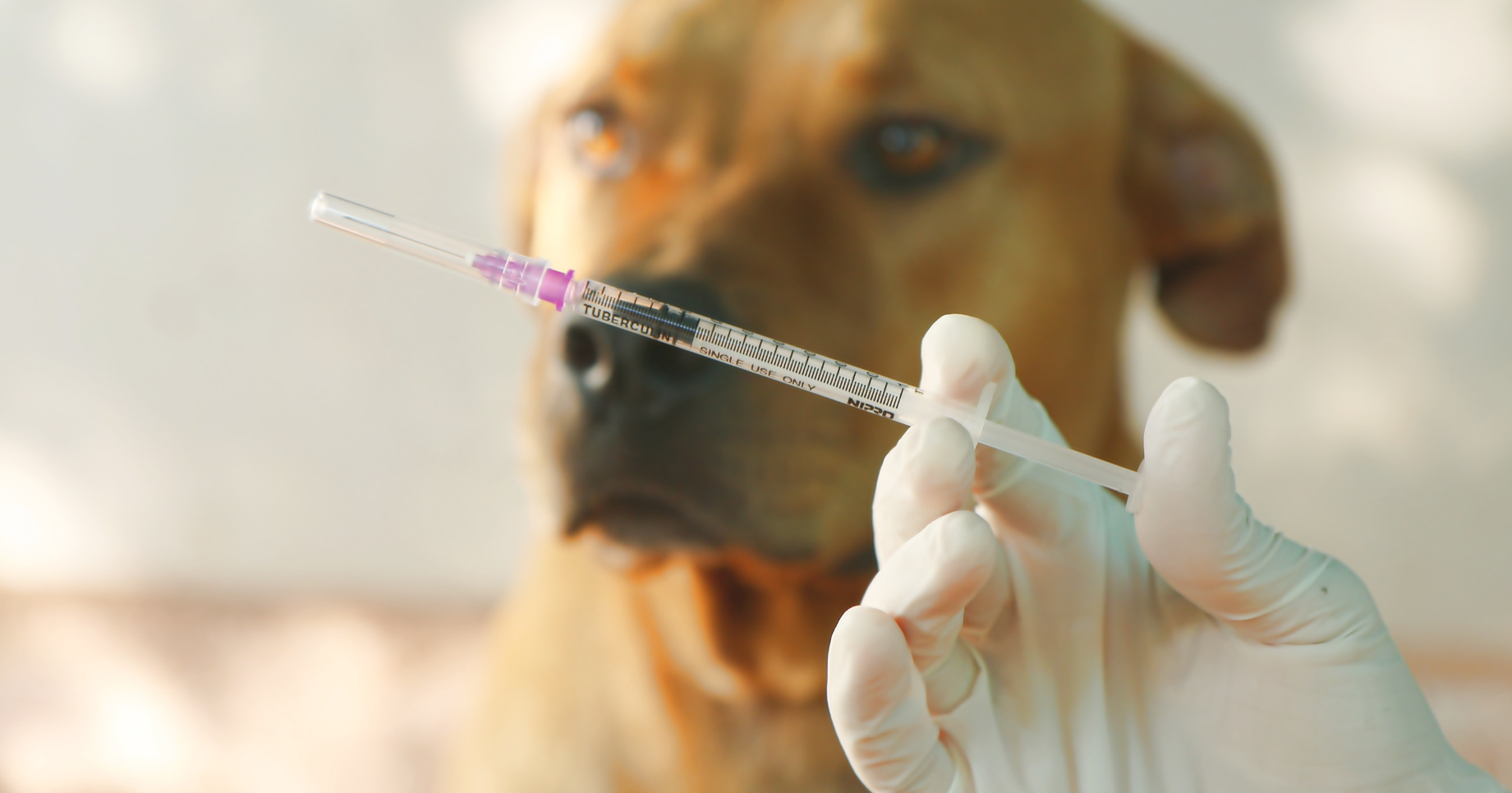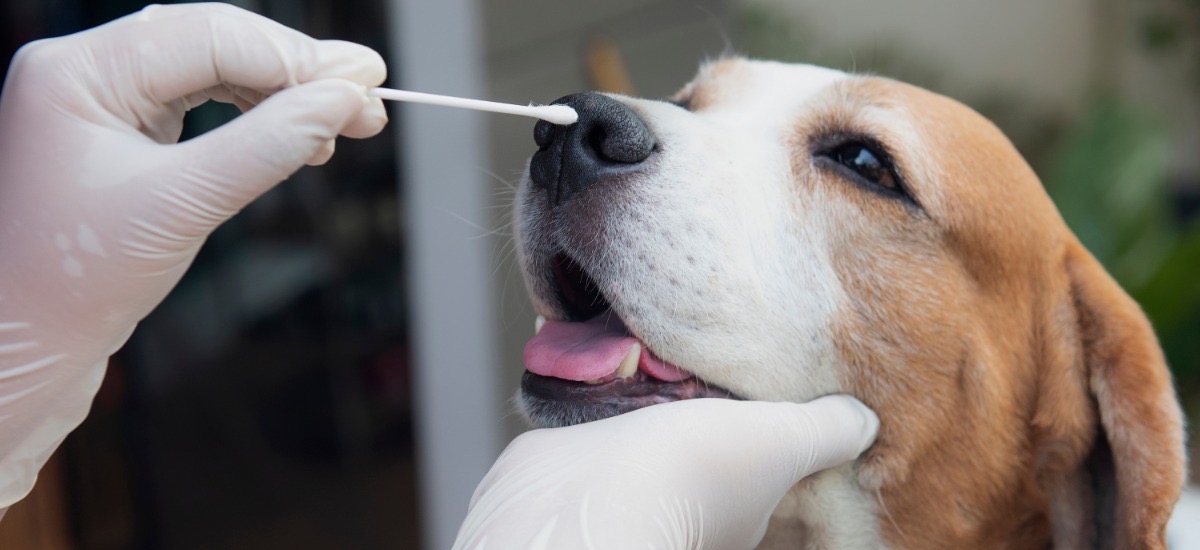Introduction:
Dog flu 2022, also known as canine influenza, is a contagious respiratory disease that affects dogs. In this comprehensive article, we will explore the latest information on dog flu in 2022, including its causes, symptoms, prevention strategies, and management. By understanding the current landscape of dog flu and taking proactive measures, dog owners and veterinarians can work together to protect dogs from this viral infection.
Dog Flu 2022: An Overview:
Dog flu is caused by two strains of the influenza virus: H3N8 and H3N2. These viruses can spread rapidly among dogs, particularly in environments where dogs are in close contact with each other, such as boarding facilities, dog shows, or dog parks. In 2022, it is important to stay informed about the latest developments and take appropriate precautions to prevent the spread of dog flu.
Recognizing the Symptoms of Dog Flu:
Identifying the symptoms of dog flu is crucial for early detection and containment. Common signs include:
- Coughing:
Persistent coughing, often accompanied by a hacking sound, is a hallmark symptom of dog flu. The cough may be dry or produce phlegm.
- Sneezing and Nasal Discharge:
Dogs with flu may exhibit sneezing and have a runny or discolored nasal discharge.
- Fever:
A dog with flu may develop a fever, which can be accompanied by lethargy, loss of appetite, and decreased activity levels.
- Respiratory Distress:
In severe cases, dogs may experience difficulty breathing, rapid or labored breathing, or signs of pneumonia.
Preventing Dog Flu:
Prevention plays a crucial role in controlling the spread of dog flu. Here are some key strategies to consider:
- Vaccination:
Consult with your veterinarian about the appropriate vaccinations for your dog. Vaccines are available for both H3N8 and H3N2 strains and can help reduce the severity and spread of dog flu.
- Hygiene Practices:
Practice good hygiene, such as regular handwashing, especially after handling other dogs. Avoid close contact with dogs showing flu-like symptoms.
- Limit Exposure:
Avoid crowded places with a high concentration of dogs, particularly if there have been reports of dog flu outbreaks in your area.
- Quarantine:
If your dog shows symptoms of dog flu, isolate them from other dogs to prevent further spread. Consult with your veterinarian for guidance on quarantine procedures.
Managing Dog Flu:
If your dog is diagnosed with dog flu, the following management strategies may be employed:
- Supportive Care:
Provide your dog with a comfortable and quiet environment to rest and recover. Ensure they have access to fresh water and a balanced diet to maintain their strength and hydration.
- Medications:
In some cases, your veterinarian may prescribe medications to manage symptoms, such as cough suppressants or antibiotics to prevent secondary bacterial infections.
- Isolation and Quarantine:
Keep your dog isolated from other dogs until they have fully recovered and are no longer contagious. Follow your veterinarian’s instructions regarding the duration of isolation.
- Regular Monitoring:
Monitor your dog’s condition closely and report any changes or worsening symptoms to your veterinarian. Regular check-ups may be necessary to ensure a full recovery.
Recommended:
- Petco Review: The Power of Together
- PetSmart Review: Where Pets Inspire Us
- Hill’s Pet Nutrition Review: Pioneering Pet Health and Nutrition
- Royal Canine Review: Tailored Nutrition for Every Pet
- Chewy Review: Pet Care at Your Doorstep
Conclusion:
Staying informed about dog flu in 2022 is crucial for dog owners and veterinarians alike. By recognizing the symptoms, implementing preventive measures, and seeking prompt veterinary care, we can effectively manage and control the spread of dog flu. Vaccination, good hygiene practices, and limiting exposure to infected dogs are key strategies in protecting our beloved canine companions.
References:
- Crawford, C., & Spindel, M. (2020). Canine influenza. Veterinary Clinics: Small Animal Practice, 50(5), 1005-1019.
- Dog Flu (Canine Influenza). American Veterinary Medical Association.
- Canine Influenza. Centers for Disease Control and Prevention.
- Canine Influenza Virus. Merck Veterinary Manual.



